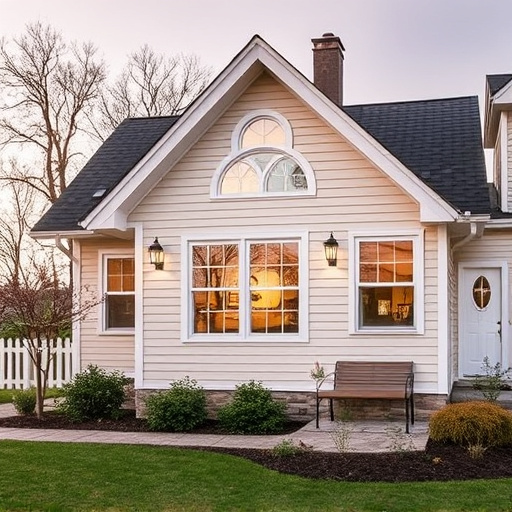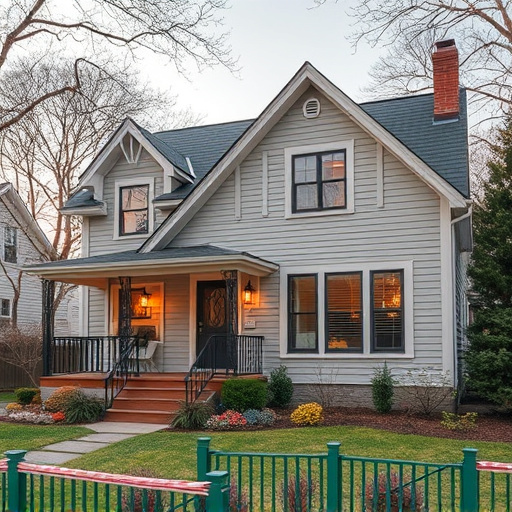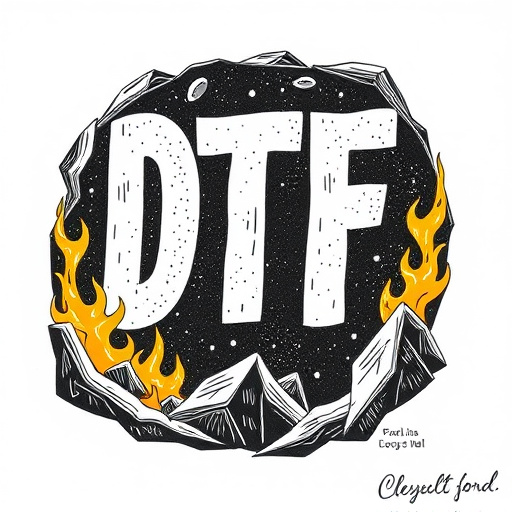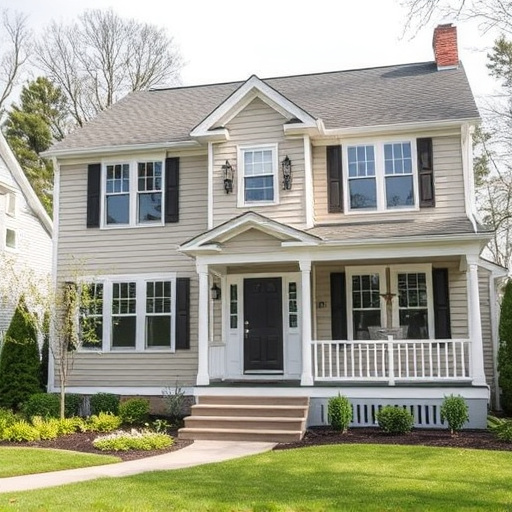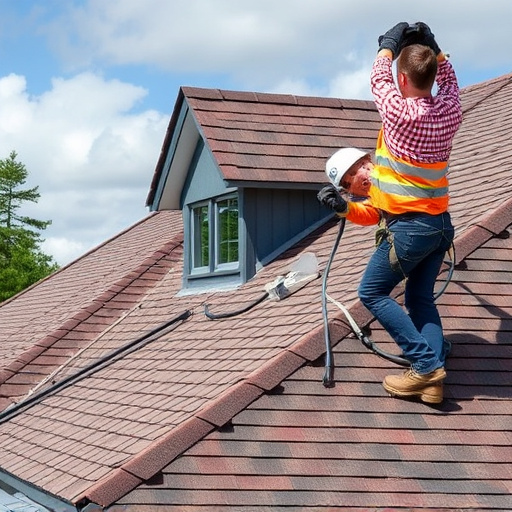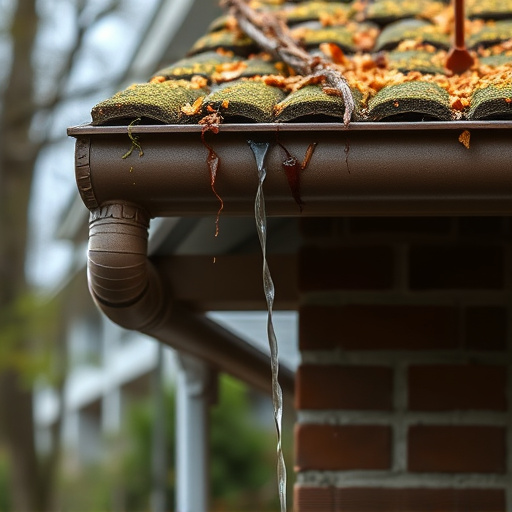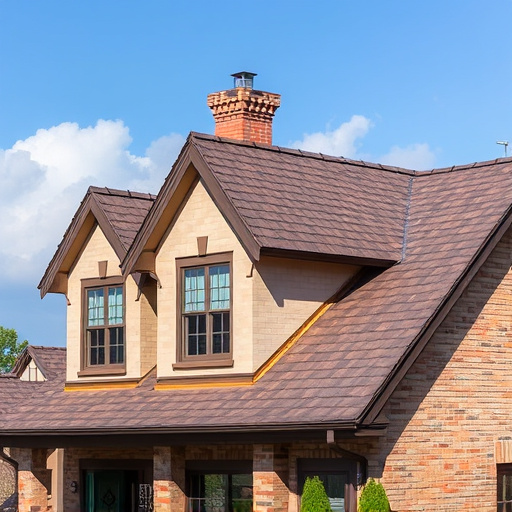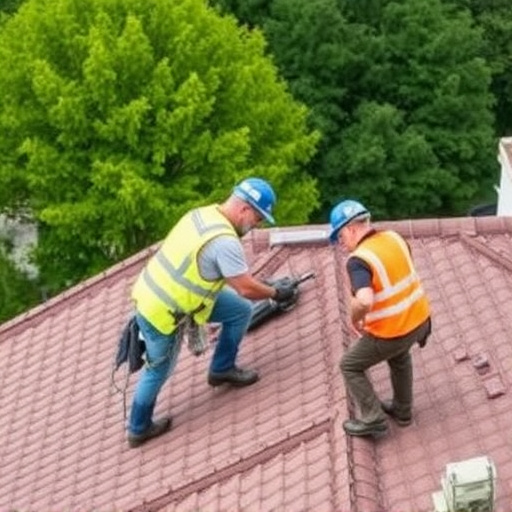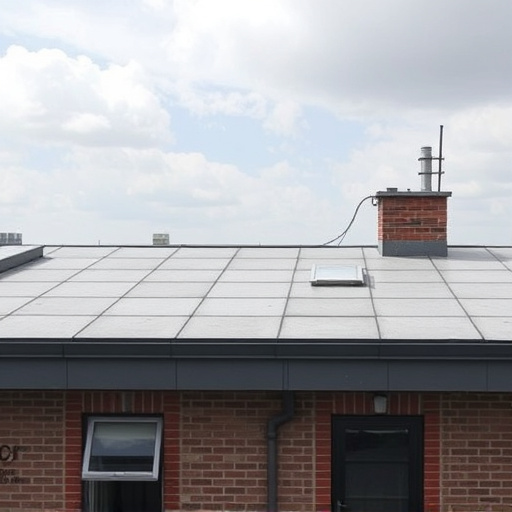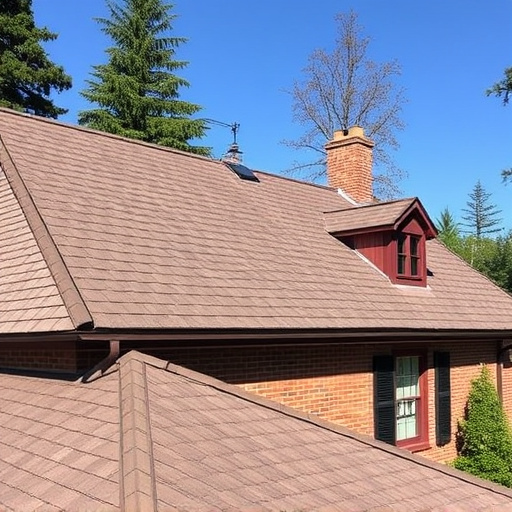Before upgrading siding, assess exterior for damage and evaluate existing material's age and type. Research material options, considering cost, durability, aesthetics, and installation complexity. Create a detailed budget based on square footage, labor, materials, permits, and disposal, ensuring a successful, financially prepared project.
Planning a siding upgrade? Smart budgeting is key to transforming your home’s exterior without breaking the bank. This guide breaks down the process into manageable steps, starting with assessing your current siding condition and needs. Next, explore material options and costs, comparing styles, durability, and price points. Finally, learn how to create a comprehensive budget and plan that fits your financial goals, ensuring a successful and cost-effective siding upgrade project.
- Assess Your Current Siding Condition and Needs
- Research Material Options and Costs
- Create a Comprehensive Budget and Plan
Assess Your Current Siding Condition and Needs
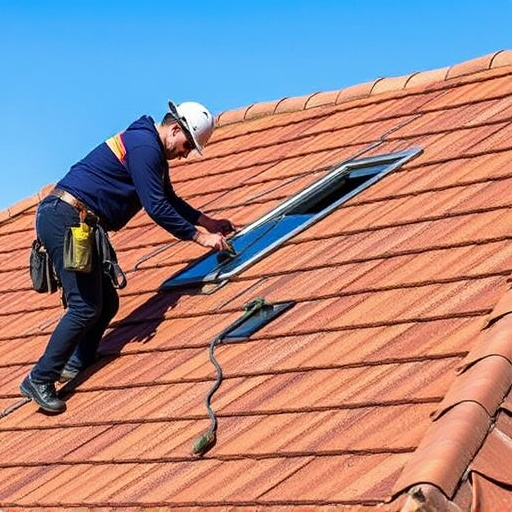
Before diving into a siding upgrade project, it’s crucial to assess the current state of your home’s exterior. Start by inspecting your existing siding for any signs of damage, such as cracked or peeling boards, visible gaps, or moisture intrusion. These issues could indicate the need for not just an upgrade but also essential repairs. Evaluating your siding’s condition is a critical first step in smart budgeting because it helps you understand the extent of work required, ensuring you allocate funds appropriately.
Furthermore, consider factors like the age and material of your current siding. Different materials have varying lifespans and maintenance requirements. For instance, while vinyl siding is low-maintenance, wood may need regular painting or staining. By understanding these needs, you can factor in potential long-term savings or recurring expenses into your budget. This assessment will guide you in making informed decisions when planning a siding upgrade, ensuring you choose the best course of action for both aesthetics and functionality.
Research Material Options and Costs
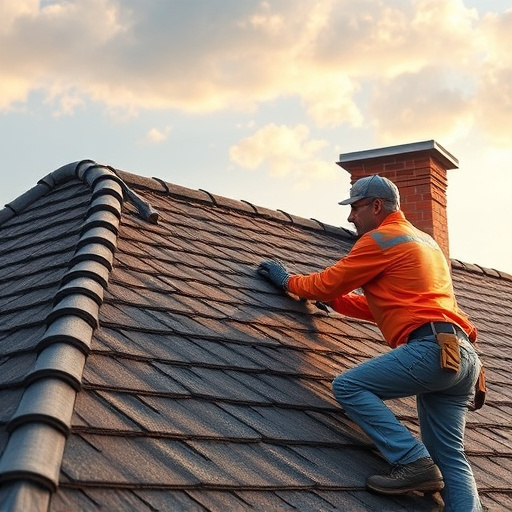
When planning a siding upgrade, understanding your material options and their costs is crucial for any successful project. Start by researching different types of siding materials available in the market, considering factors like durability, aesthetics, and longevity. Common choices include vinyl, fiber cement, wood, and aluminum, each with varying price points tailored to different budgets. Online resources, local hardware stores, and consulting with residential roofing services can offer valuable insights into the latest trends and pricing for these materials.
Remember that the cost of a siding upgrade isn’t just about the material itself. It’s essential to factor in installation costs, which may vary depending on the complexity of your project and the expertise required, whether from a professional siding service or experienced DIYers. Residential roofing experts can provide accurate estimates, ensuring you’re well-prepared for the financial commitment involved in transforming your home’s exterior with a new siding.
Create a Comprehensive Budget and Plan
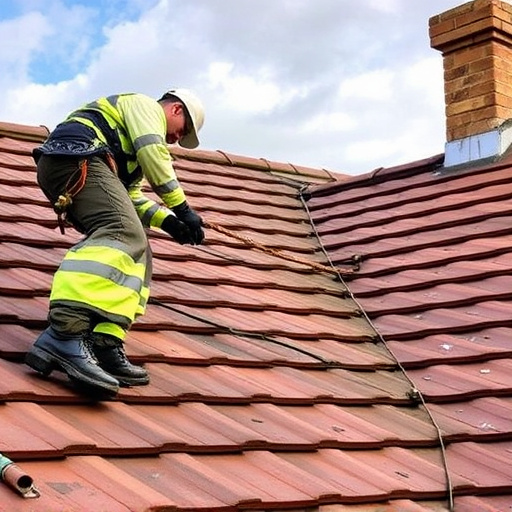
Before diving into any siding upgrade project, it’s crucial to create a comprehensive budget and plan. Start by evaluating your current roofing and siding condition and identifying areas that need attention. Research different types of siding materials available in the market, considering factors like durability, aesthetics, and cost. This will help you make informed decisions when selecting the best option for your property, whether it’s for residential or commercial siding.
Next, calculate the square footage of the area to be upgraded and multiply it by the average cost per square foot. Factor in additional costs for labor, materials, permits, and any necessary disposal services. A well-thought-out budget will ensure that you stay within your financial means and avoid costly surprises during the siding upgrade process. Engaging home service solutions can provide accurate estimates and guide you through this planning phase, making your project smoother and more successful.
Upgrading your siding is a smart investment that can enhance your home’s curb appeal, energy efficiency, and long-term value. By thoroughly assessing your current siding condition, researching material options and costs, and creating a detailed budget plan, you’re well on your way to a successful and cost-effective siding upgrade project. Remember, a little preparation goes a long way in ensuring a smooth and satisfying transformation for your home.



